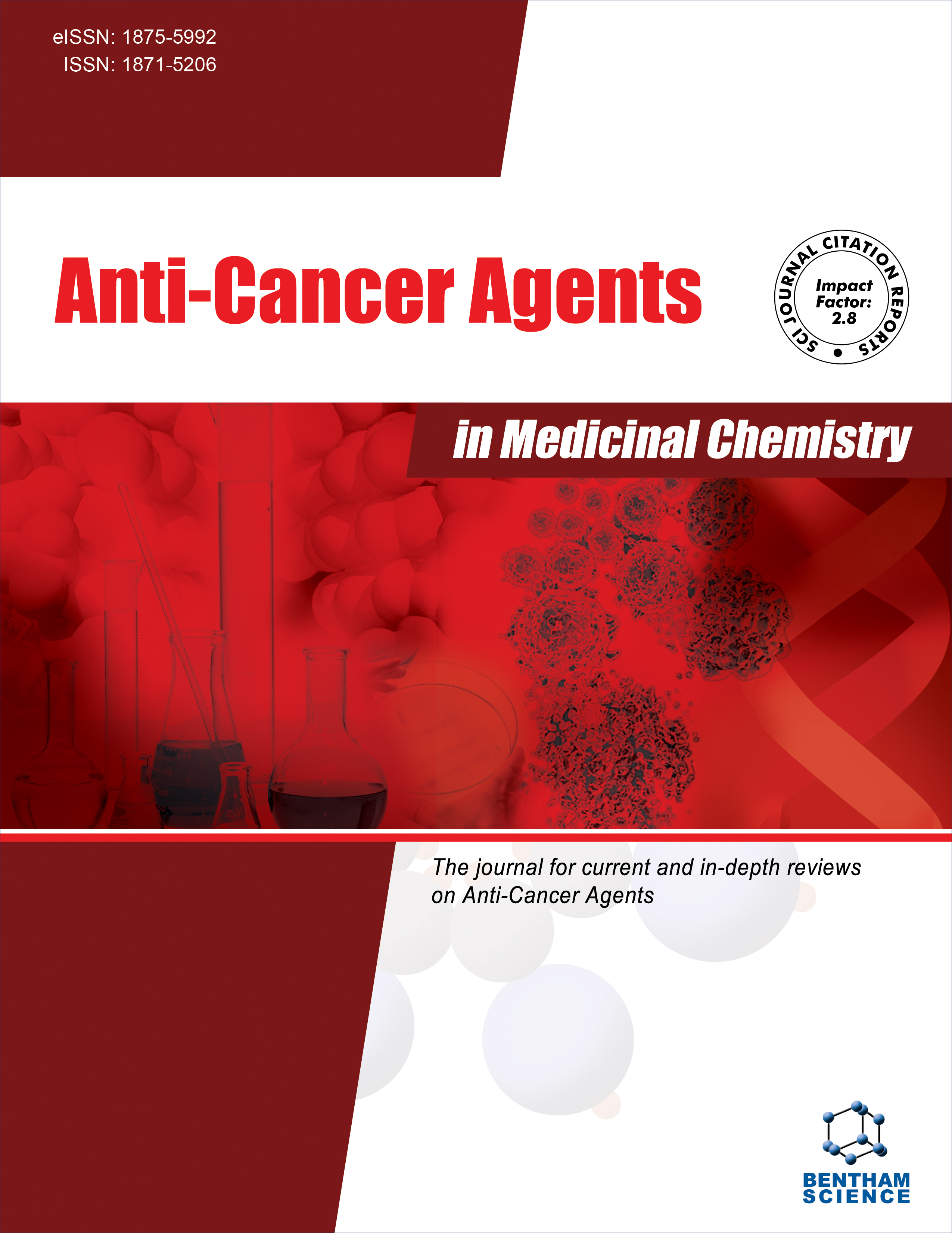
Full text loading...
AXL, a receptor tyrosine kinase, has emerged as a critical player in tumorigenesis, metastasis, and resistance to conventional therapies. Its aberrant activation drives cell proliferation, survival, and angiogenesis, making it an attractive target for cancer treatment. In recent years, significant progress has been made in the development of AXL inhibitors. Chemical approaches have led to the discovery of small molecules that selectively bind to and inhibit AXL, disrupting its downstream signaling pathways. These inhibitors exhibit diverse structural features, including ATP-competitive and allosteric binding modes, offering potential advantages in terms of selectivity and potency. In addition to chemical approaches, biological strategies have also been explored to target AXL. These include the use of monoclonal antibodies, which can neutralize AXL ligands or induce receptor internalization and degradation. Furthermore, gene therapy techniques have been investigated to downregulate AXL expression or disrupt its signaling pathways. Despite these advancements, challenges remain in the development of AXL inhibitors. Selectivity is a critical concern, as AXL shares homology with other receptor tyrosine kinases. Drug resistance is another obstacle, as cancer cells can develop mechanisms to evade AXL inhibition. Furthermore, to address these challenges, combination therapies are being explored, such as combining AXL inhibitors with other targeted agents or conventional treatments. In conclusion, developing AXL inhibitors represents a promising avenue for improving cancer treatment outcomes. Continued research efforts are essential to overcome the existing challenges and translate these compounds into effective clinical therapies.

Article metrics loading...

Full text loading...
References


Data & Media loading...

